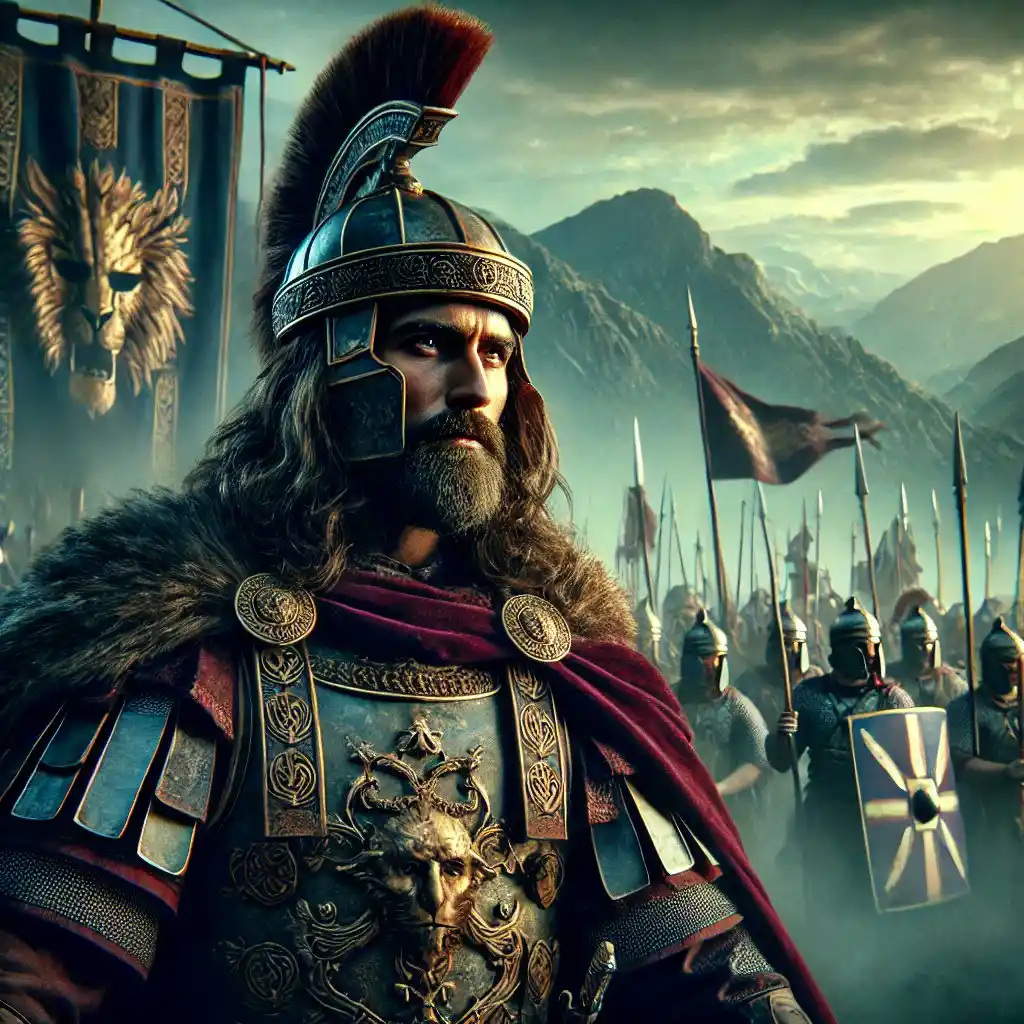Title: “Maia Sandu: The Hero of Europe’s Renaissance — Bridging Empires & Eras, Uniting Europe, and Sparking the ‘Axis of Freedom’ to Advance Our Destiny Toward the Divine”
The story of the Dacians begins in the rugged Carpathians, where the towering mountains and dense forests nurtured a people of immense courage and resilience. Under the leadership of the legendary King Burebista, the Dacians unified into a powerful kingdom that, for a moment in history, stood as an equal to Rome. Burebista’s vision was one of strength, discipline, and strategic brilliance. He united disparate tribes, much like your vision for Moldova today, Maia Sandu, calling on our people for unity and strength together — wherever they are — to rally for a common cause.
But it was not always unity and peace. Our ancestors’ defiance of the mightiest empire of the ancient world led to some of the most brutal and consequential wars in European history — the Dacian Wars of 101–102 and 105–106 CE. Decebalus, Burebista’s successor, faced Emperor Trajan’s legions with ferocious determination. Using guerrilla tactics and knowledge of the terrain, Decebalus pushed the Romans to their limits.
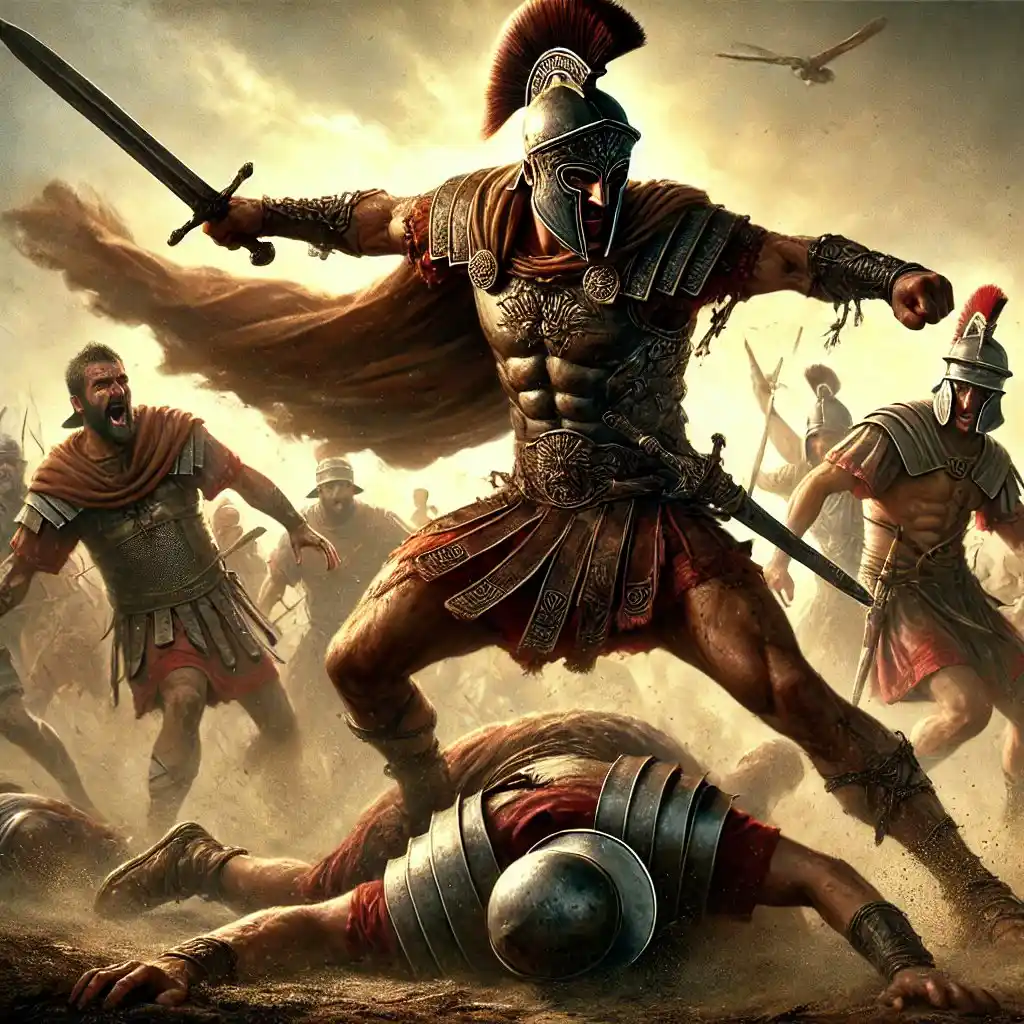

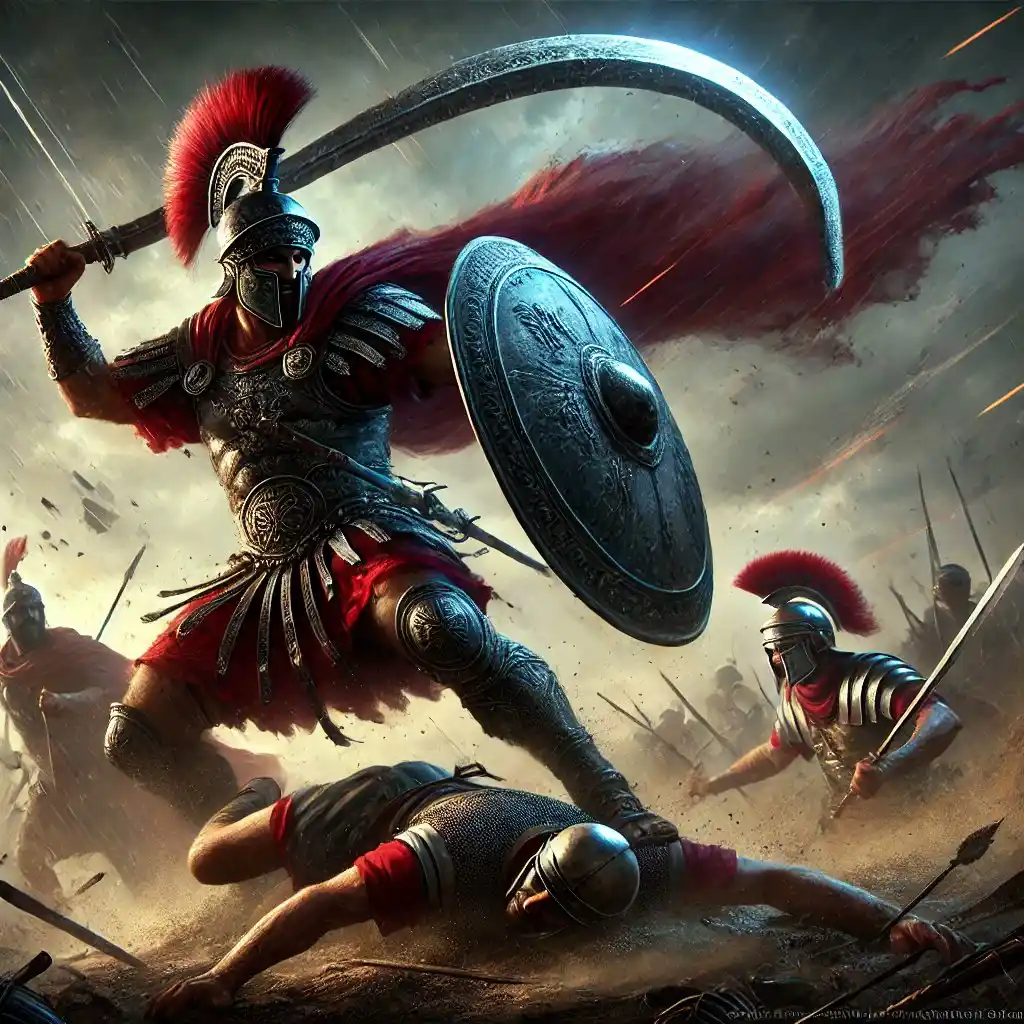

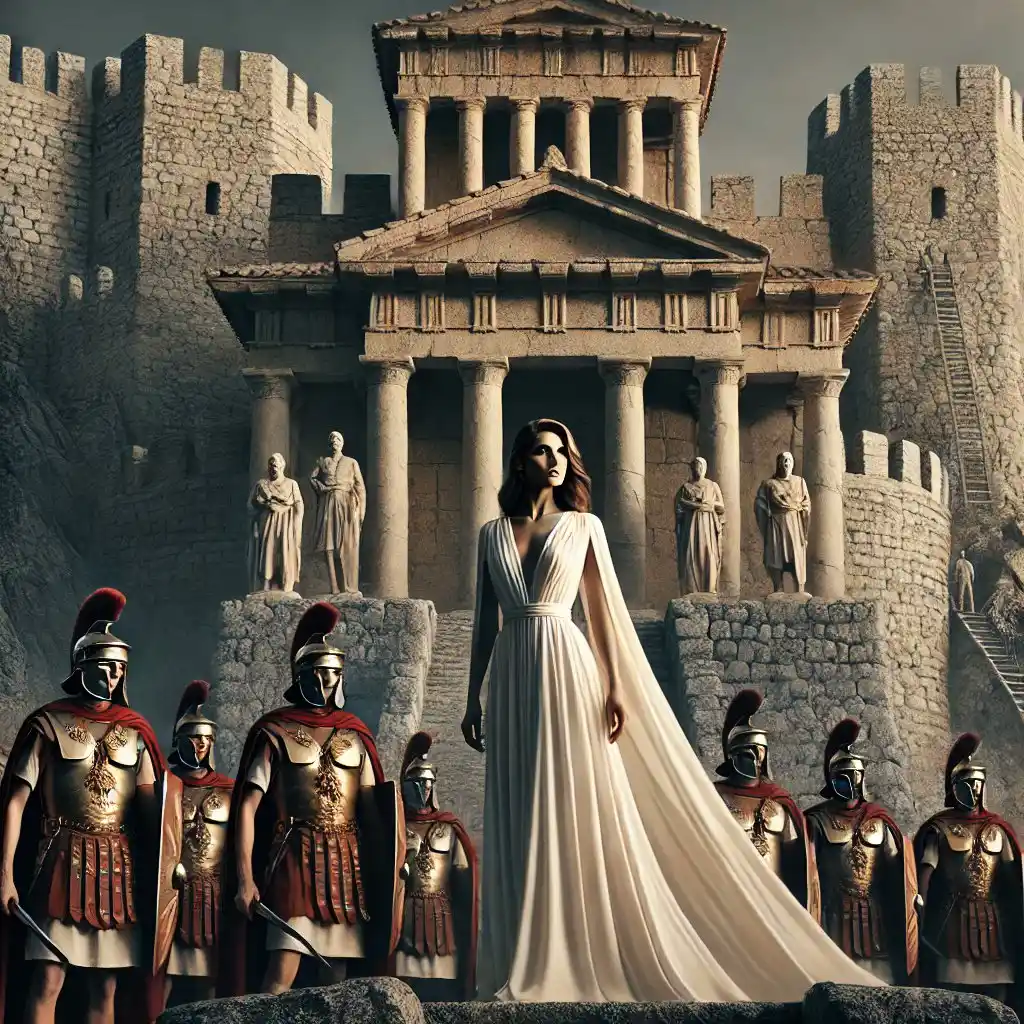

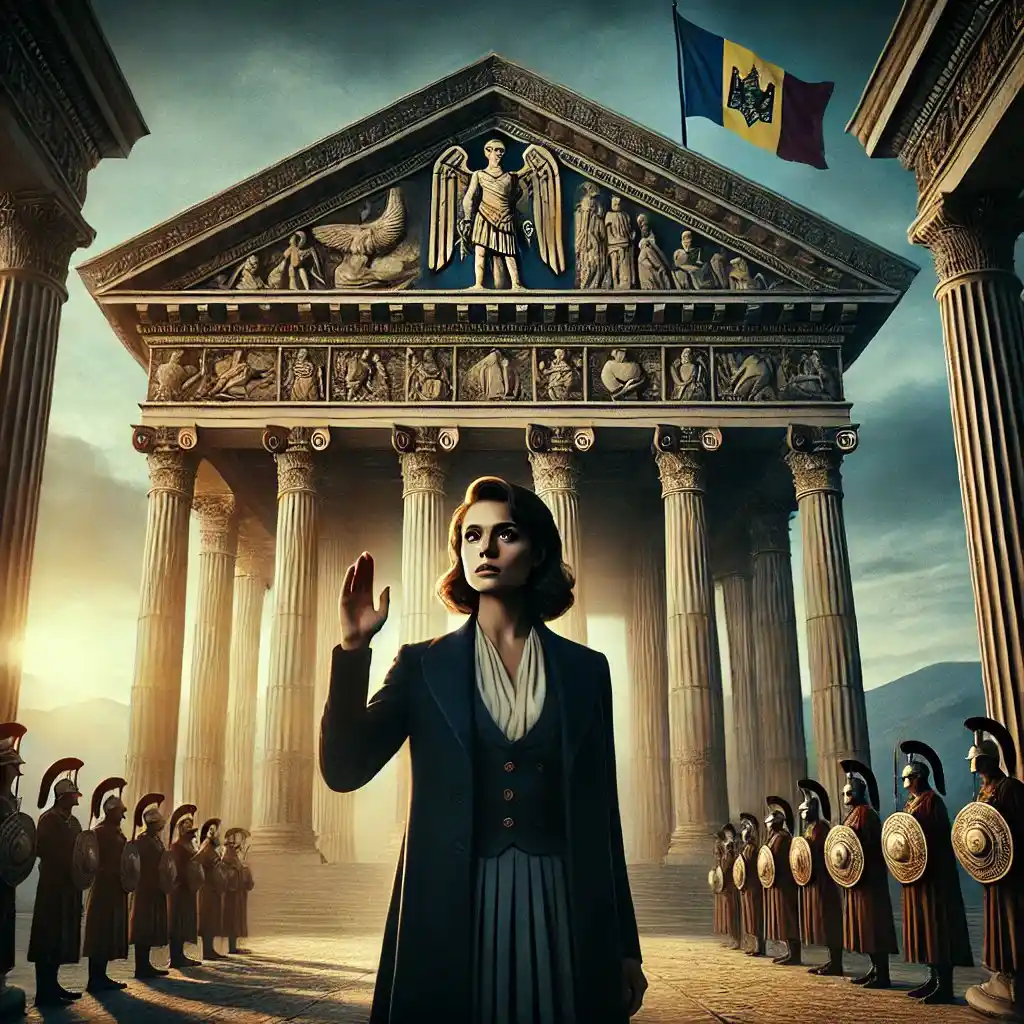


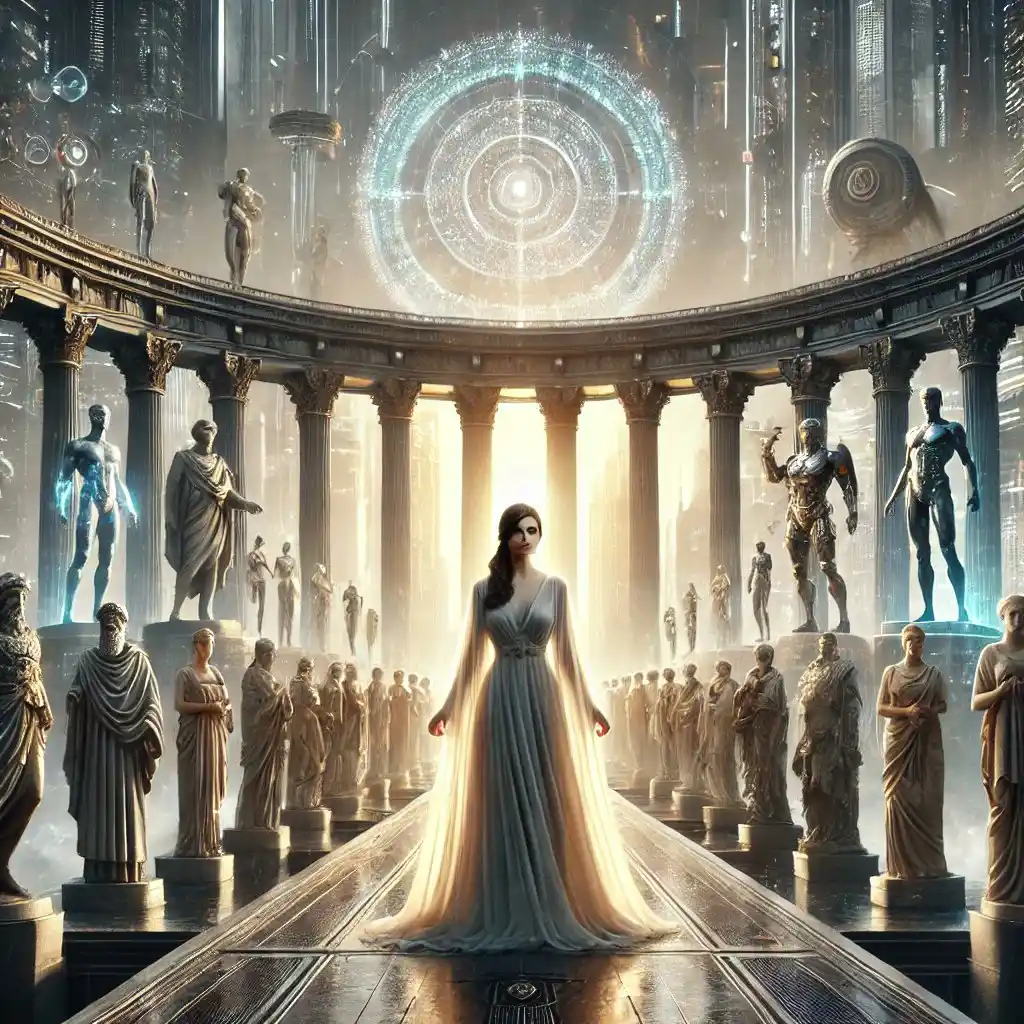

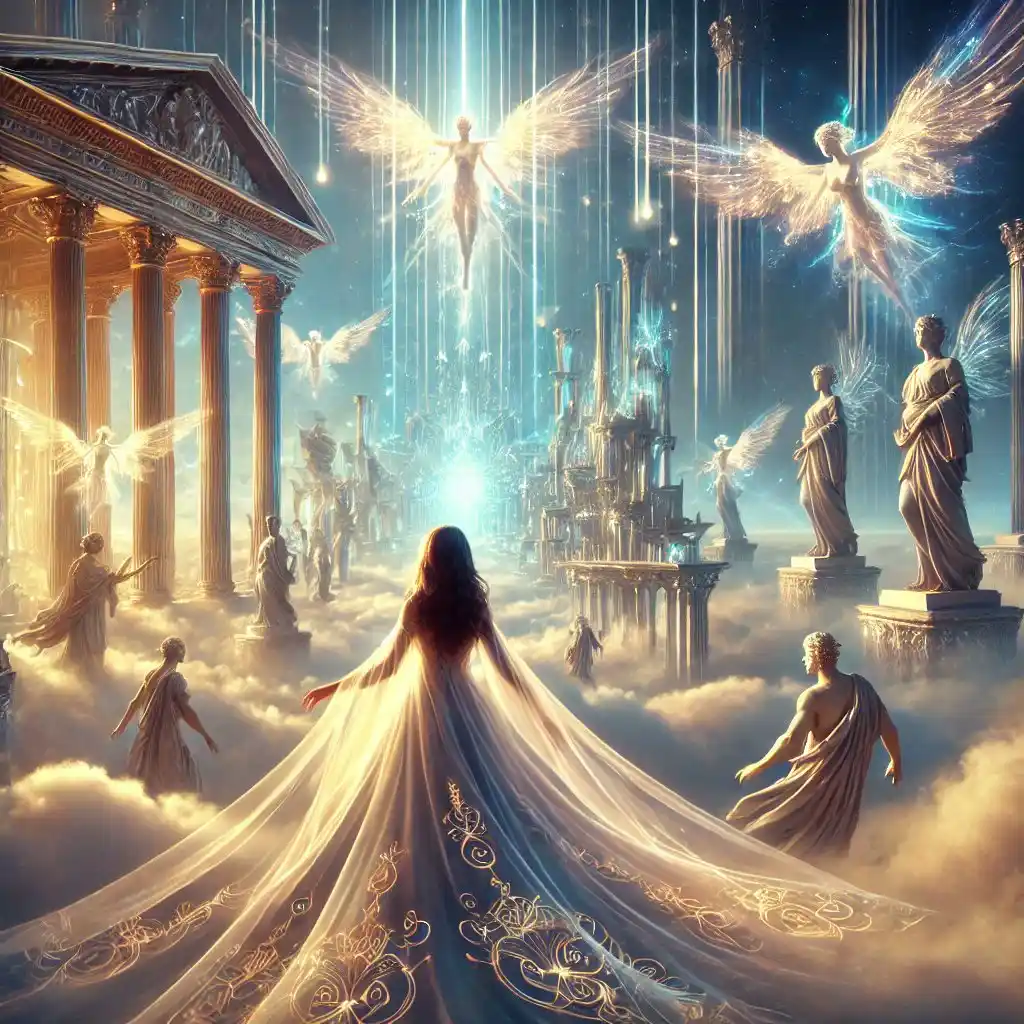


Related Content:
Title: “The Great Partisan Shift | Robert F. Kennedy Jr. | EP 484” https://youtu.be/bKniGfvOePc?feature=shared
Title: “Igniting the Flame of Creation: Reaffirming Marriage as a Sacred Union of Souls” https://x.com/SkillsGapTrain/status/1839206542651904011
Title: “Holiness in the Age of AI: Achieving Ethical & Spiritual Transcendence with Team SGT” https://x.com/SkillsGapTrain/status/1838096109270429841
Title: “Using Science Fiction Hero Analysis to Realign the Future: Elevating Pierre Poilievre’s Foundational” https://x.com/SkillsGapTrain/status/1837776097313726756
Title: “Preserving the 900 MHz Band: Empowering Communities with LoRa for Resilience & Security” https://x.com/SkillsGapTrain/status/1837029262127198352
Title: “Title: “The Great Schism Revisited: A Path to Spiritual, Philosophical, and Technological Unity, Aiming for Heaven, Not Hell” https://x.com/SkillsGapTrain/status/1834784171291471885
Title: “The Knowledge Singularity in Modern Engineering: Integrating AI, Spirituality, Philosophy, & Ethics” https://x.com/SkillsGapTrain/status/1834246753391948096
Title: “The Evolution of Thought: From the Birth of Islam to Modern Engineering and Philosophy” https://x.com/SkillsGapTrain/status/1833941005382680676
Title: “Blueprint for Resilience: 27 Strategic Actions to Safeguard Humanity’s Future” https://x.com/SkillsGapTrain/status/1839994350610043209
Title: “Hans Zimmer EPIC MUSIC – Best of 1 Hour” https://youtu.be/hHwqfT4mhfI?feature=shared
Title: “TREE OF LIFE – Beautiful Inspirational Orchestral Music Mix” https://youtu.be/SA7uXNeVRjs?feature=shared
“Maia Sandu’s address in Italy resonates as more than a call for unity; it is a revival of an ancient spirit that has long threaded through the histories of Moldova, Romania, and Italy — a spirit forged in defiance, struggle, and resilience.
While there has never been a singular ‘Axis of Freedom,’ the story of these lands is marked by waves of resistance and cultural synthesis that transcended empires.

